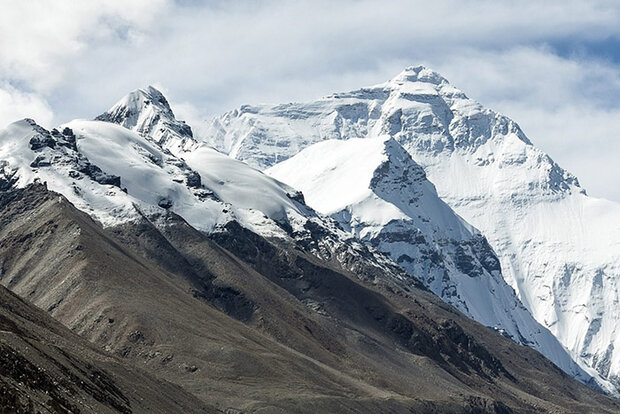Solar radiation interacts with complex Tibetan topography, affecting climate near and far

The Tibetan Plateau is characterized by mountain ranges and large lakes. Credit: NOAA

The Tibetan Plateau is characterized by mountain ranges and large lakes. Credit: NOAA
Radiation from the sun plays a significant role in Earth’s surface energy balance and global climate. Rugged terrain complicates this energy balance, impacting the water cycle, atmospheric circulation, snow processes, clouds, and more. A new study, supported by the Climate Program Office’s Modeling, Analysis, Predictions, and Projections (MAPP) Program, investigates interactions between solar radiation and the complex topography of the Tibetan Plateau using an Earth System Model. MAPP supports scientist Yu Gu of the University of California, Los Angeles to improve our capability to simulate land components and interactions in models. Gu worked with researchers from the Pacific Northwest National Laboratory on this Geophysical Research Letters paper to highlight the important role of solar radiation-topography interaction in modulating climate.